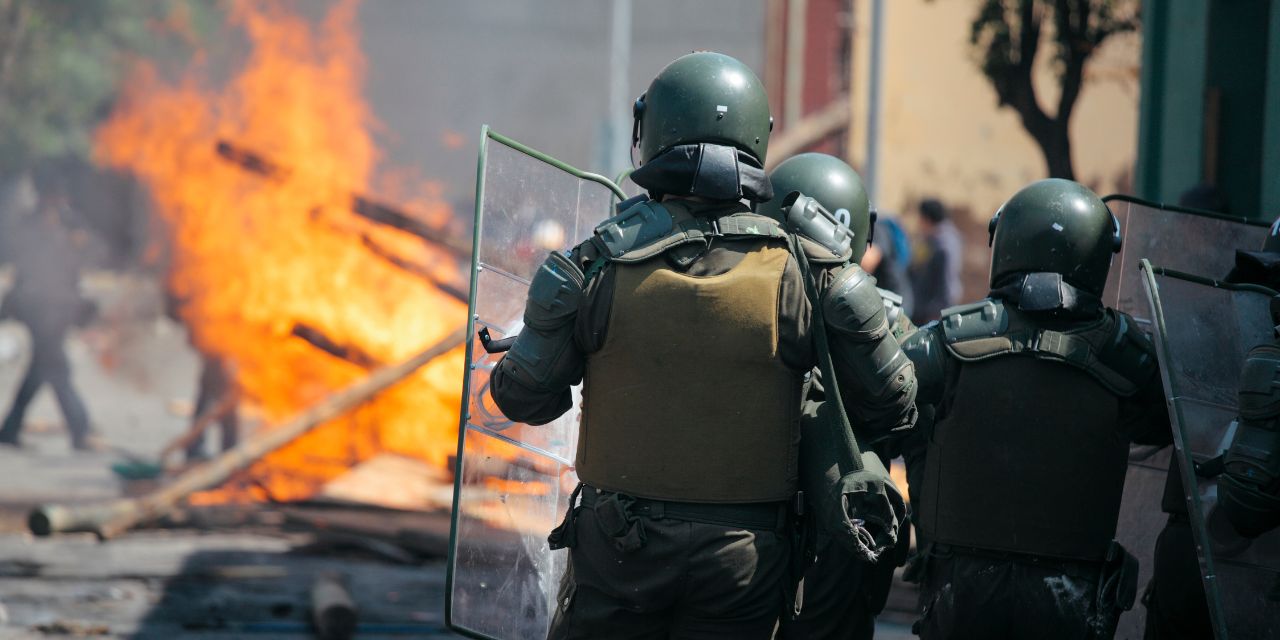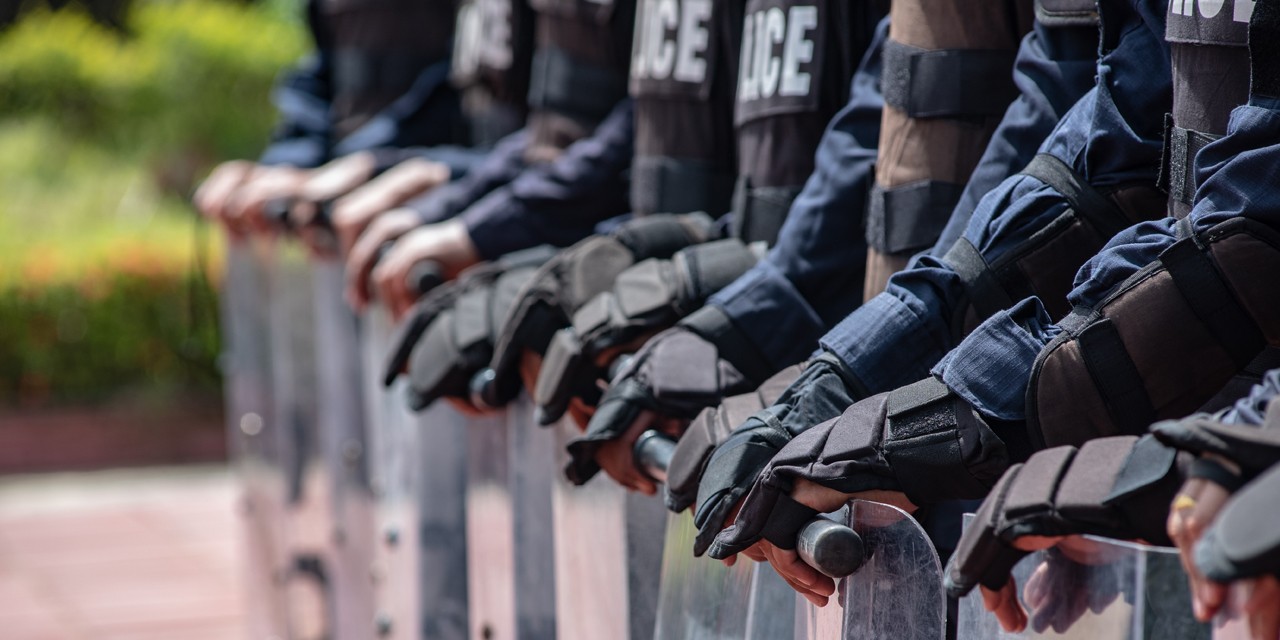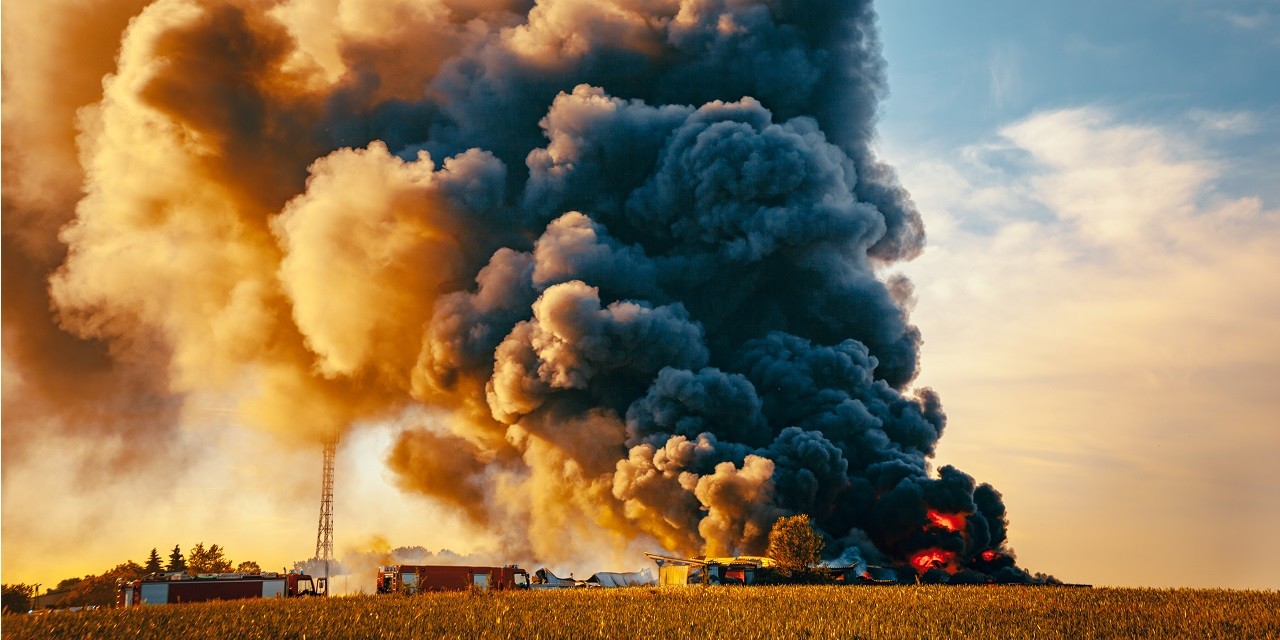What has been going on in France?
Widespread protests and violent unrest followed the fatal shooting by police of a 17-year-old boy of North African descent, Nahel Merzouk, during a traffic stop on July 27. A peaceful vigil took place in the area of Nanterre on the outskirts of Paris where the shooting occurred, before protests became violent, with cars torched and clashes with police. Unrest spread to other areas, including the Champs Elysées in central Paris, and over the following days it expanded to cities such as Marseille, Lyon, Pau, Toulouse and Lille. More than 3,000 people were arrested.
The shooting ignited long-standing grievances about police racism and brutality in France, as well as social inequalities, particularly in the banlieues, or city suburbs. The recent unrest was the most severe the country has seen since the deaths of two teenagers in 2005, who had also had contact with the police. It follows the ‘yellow vest’ protests that were sparked by a rise in fuel tax in 2018 and incurred £1.1bn losses to French retailers [1] in just a few weeks, and recent protests and clashes with police after President Emmanuel Macron pressed ahead with plans to increase the retirement age from 62 to 64.
An estimated $1.1bn worth of damage [2] was done to businesses in a week, according to Medef, the French employers’ confederation, and the French insurance association France Assureurs said on July 4 that insurers had already received 5,900 claims worth a total of $305mn. [3] Some 2,000 businesses were heavily damaged in the unrest [4], including 200 food retailers, 436 tobacco shops, and 370 bank branches. At least 25 supermarkets were burnt down, among them 15 branches of the German chain Aldi. Clothing and hardware retailers were also hit.
What are the most common targets and what does this mean for insurance?
Due to a number of significant civil unrest events in recent years, AGCS risk experts have been watching France closely. Although the current situation is still uncertain, potential insurance claims scenarios could come from a number of areas.
Outside of the many automotive claims that can be expected from the recent unrest, a potential area of concern is the retail sector, which has suffered severe losses in the past and during recent events. The hospitality, leisure and entertainment industries have also been hit over the last week, with many hotel chains losing bookings and a number of events being cancelled due to the risk posed by violence.
Although they are less commonly insured, police and local authorities have suffered with many localities targeted and attacked by disenfranchised youth, including townhalls, libraries, police stations and army barracks.
Buses and trams were also frequent targets for arson in the recent unrest. Transportation assets such as city metros and airports are potential targets in civil unrest incidents, with the former more vulnerable to attack due to their central location compared to airports, which tend to be peripheral to traditional protest locations. Other potential targets in civil unrest incidents can include private enterprises, including those that are foreign-owned, critical assets such as petrol stations, and supply chains.
During the recent protests, as has been seen before with civil commotion, events evolved beyond the original trigger cause to include opportunistic criminality. Depending on the extent of policy coverage, complexities might occur when differentiating between what is a strikes, riots and civil commotion (SRCC) event and what is simply theft and criminality. This could have implications for coverage due to specific exclusions for theft and/or looting.
Why is civil unrest increasing around the world?
The French unrest is taking place in a context of rising civil commotion globally. Since 2017, more than 400 significant anti-government protests [5] have erupted worldwide. In recent years there have been multi-billion-dollar events in the US, Chile, Colombia, South Africa, and France. SRCC events have caused more than $10bn insurance and reinsurance losses since 2015 [6], compared to less than $1bn for terrorism. The issue is of increasing concern to businesses, which ranked ‘political risks and violence’ number 10 in the Allianz Risk Barometer [7], a rise of three places on the previous year.
In a recent report, Strikes, riots and civil commotion - a test of business resilience [8], AGCS risk experts identify five key drivers behind increasing global unrest around the world. These include: the cost-of-living crisis; distrust in governments and institutions; increasing political polarization; a rise in activism; and climate and environmental concerns. Unrest can now spread more quickly and widely thanks to the power of social media, which can lengthen the duration of events, making financial costs mount up. We expect these events to continue throughout 2023 and beyond.
What can businesses do to protect their property and people?
Businesses need to remain vigilant about the different types of threat that civil unrest can pose to their activities. Those in the immediate vicinity of unrest can suffer business interruption losses and material damage to property or assets, while indirect damage can be inflicted on companies in the form of ‘loss of attraction’ or ‘denial of access’ to their premises. As the financial numbers above show only too well, economic and insured losses from protests can be considerable, resulting in significant claims for companies and their insurers.
As well as having a robust business continuity plan (BCP) in place, vulnerable businesses should consider reducing their stock, in particular those with high-value assets such as luxury retailers, petrol stations, pharmacies and banks, and temporarily moving inventory to a more secure setting if this is an option. Increase your security and make it more visible where you can. Your distribution centers and suppliers could also be at risk – what assistance can you offer these, such as online support systems, and how diverse is your supply chain in terms of location and companies?
Review your insurance policies. Property policies may cover political violence claims in some cases but insurers also offer specialist coverage to mitigate the impact of SRCC via the specialist political violence market.
Depending on the root cause of the unrest, businesses could consider issuing a public statement of support if it is in line with their corporate values, or making a financial donation to a relevant charity.
References
[1] The New York Times, In Paris, ‘Yellow Vest’ protests cut sharply into city’s luxury trade, December 17, 2018
[2] Fortune, French riots have cost $1.1 billion in damage to businesses and travelers are even canceling their vacation plans, July 4, 2023
[3] Bloomberg, French insurance lobby says cost of riots is $305 million so far, July 4, 2023
[4] Financial Times, French businesses start rebuilding after riot ‘nightmare’, July 4, 2023
[5] Carnegie Endowment for International Peace, Global Protest Tracker
[6] Howden, A World of Trouble, April 11, 2023
[7] Allianz Global Risk Barometer 2023, January 2023
[8] Allianz Global Corporate & Specialty, Strikes, riots and civil commotion – a test of business resilience, February 2023
Image: AdobeStock
Our experts
Annual survey identifying business risks
Allianz Risk Barometer

Top 3 business risks in France in 2023
- Cyber incidents (40%) - 2022 rank: 2 (48%)
- Business interruption (32%) - 2022 rank: 1 (51%)
- Energy crisis (28%) - NEW

















